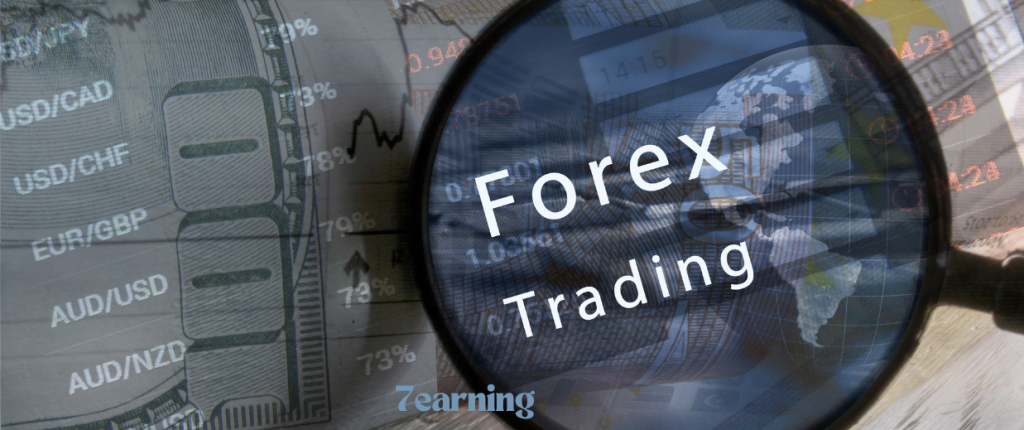International world of foreign exchange trading, timing is everything. The foreign exchange marketplace operates 24 hours a day, five days a week, and the volatility and liquidity range depending on the time of day. Understanding the first-class times to alternate could make a full-size difference in the fulfillment of your trading method. In this manual, we are able to discover the high-quality instances to exchange foreign exchange, specializing in key components which include market hours, trading sessions, and techniques for the most useful trading conditions.

What Are Forex Market Hours?
The foreign exchange marketplace is specific because it’s open 24/5, unlike inventory markets that function at some point of specific hours. The marketplace runs across specific time zones and is segmented into 4 primary trading sessions:
Sydney Session Australian Trading Hours
Tokyo Session Asian Trading Hours
London Session European Trading Hours
New York Session North American Trading Hours
Each consultation overlaps with others, creating unique tiers of marketplace hobby. The instances whilst two or more of these main classes overlap tend to provide the first-class opportunities for buyers.
The Key Forex Trading Sessions
Sydney Session The Quiet Start
Start Time 10:00 PM GMT
End Time 7:00 AM GMT
This is the first session of the foreign exchange marketplace, but it has a tendency to be quieter. It’s ideal for traders who decide upon lower volatility and greater predictable rate moves.
Tokyo Session Asian Trading Hours
Start Time 12:00 AM GMT
End Time 9:00 AM GMT
The Tokyo session studies mild volatility and is a key consultation for foreign money pairs regarding the Japanese yen (JPY). it can additionally see a few marketplace movements tied to monetary records releases from Asian countries.
London Session European Trading Hours
Start Time 7:00 AM GMT
End Time 4:00 PM GMT
The London consultation is one of the most unstable and liquid durations of the trading day. It’s the busiest consultation, as the EU market opens, and a number of monetary indicators are released for the duration of those hours. If you want to alternate major pairs like EUR/USD or GBP/USD, that is the high-quality session.
New York Session: North American Trading Hours
Start Time: 12:00 PM GMT
End Time: 9:00 PM GMT
The NY session overlaps with the London session for some hours, making it a notably active time for buying and selling. that is in which many buyers experience the very best volatility and may make sizeable earnings, mainly for the duration of key events releases like U.S. Non-Farm Payrolls (NFP).
The Best Time to Trade Forex
Overlap Sessions
On the subject of figuring out the ideal time to trade foreign exchange, it’s integral to think about the overlaps between exclusive sessions. The fine time to trade regularly takes place whilst 2 fundamental buying and selling sessions overlap, increasing marketplace liquidity and volatility. Those overlaps offer more opportunities for traders to capitalize on charge actions.
London + New York Overlap. 12:00 PM to 4:00 PM GMT
This is taken into consideration the golden time for foreign exchange investors, as both London and the Big Apple markets are lively. With the most liquidity and volatility during this period, it’s a great time to trade predominant foreign money pairs like EUR/USD, GBP/USD, and USD/JPY.
Sydney + Tokyo Overlap (10:00 PM to 12:00 AM GMT)
Even though this overlap is quieter, it nonetheless offers possibilities for buyers who decide upon much less risky situations. The overlap creates a few interesting price moves, mainly within the Australian dollar (AUD) and New Zealand dollar (NZD).
How to Choose the Best Time to Trade
While the overlap periods are perfect for plenty of investors, the fantastic time to change depends on your strategy, risk tolerance, and trading style.
Day Traders: For day buyers who goal to take advantage of intraday price movements, the London and NY overlap is usually the best time to exchange.
Scalpers: If you’re a scalper searching for brief-term charge actions, buying and selling all throughout the New York consultation when market situations are notably unstable can be worthwhile.
Long-Term Traders: For people who prefer to keep trades for longer intervals, the Sydney and Tokyo classes may be more suitable as they experience decreased volatility, allowing for smoother charge actions.

Conclusion
Timing Your Forex Trades for Success
In foreign exchange buying and selling, knowing the quality instances to trade can enhance your ability to make worthwhile choices. The market’s liquidity and volatility change depending on the time of day, and understanding when those fluctuations arise can make a good sized distinction for your buying and selling achievement.
For most buyers, the perfect time to change is at some point of the overlap of the London and big York classes while marketplace activity peaks. however, each dealer is exceptional, and it’s vital to tailor your trading hours for your method, style, and threat tolerance. Whether you’re a day trader, scalper, or long-time period investor, perception of market hours and trading through superior durations will help you maximize your buying and selling capability.
FAQ
What is the best time to trade forex for beginners?
Beginners ought to aim to change at some point of the London and the big apple overlap, as these periods provide higher liquidity and volatility, which might be best for identifying clean traits and trading possibilities.
Can you make money trading forex at night?
Sure, but the profitability relies upon the buying and selling sessions and the method. The Sydney and Tokyo sessions tend to be quieter, but if you’re an affected person and strategic, there are still opportunities to profit.
What is the worst time to trade forex?
The worst time to exchange is normally throughout low liquidity durations, which include the late afternoon and early evening in the GMT time region, when fewer markets are open, leading to unpredictable rate moves.
How do I know when the forex market is most volatile?
Volatility has a tendency to peak in the course of the London and NY overlap, with sizeable price moves occurring around monetary bulletins which including the U.S. Non-Farm Payrolls or Federal Reserve conferences.




